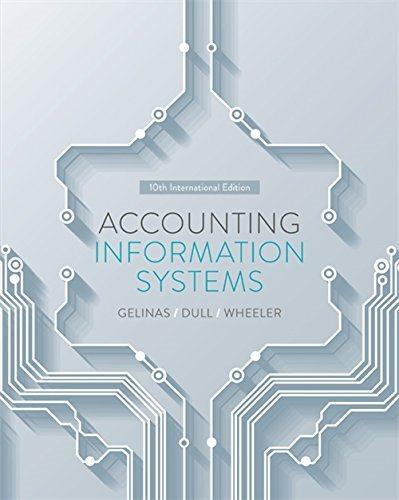 please in details
please in details
Assume that the set of alternatives is X = {a,b,c,d), and consider the collection of budget sets B = = {{a,b}, {b,c}, {c,d}, {a,c}, {a,d}, {b,d} , {a,c,d}}, along with the choice rule C({a,b}) = {a,b} C({a,c}) = {a} C({a,c,d}) = {d}. C({b,c}) = {b,c} C({a,d}) = {a} C({c,d}) = {c,d} C({b, d}) = {d} (a) Derive the revealed preference relation ** associated to this choice struc- ture. (b) Derive the choice structure (B, C*(:, 2*)) generated by the revealed pref- erence relation ** (c) Does the revealed preference relation {* rationalise C(-) relative to B? (d) Derive the strict preference relation >* and the indifference relation ~* associated to Y*. (e) Is the indifference relation ~* from (d) transitive? Assume that the set of alternatives is X = R}. Consider the family of budget sets B = {B(1,1,2,B3,4),1,B(4,2);}; and suppose that the choice rule C() is such that C(B(1,1),2) = {(1, 1)}. (Remember that the budget set B(p1.02),w has associated prices (P1, P2) and in- come w) (a) If the choice rule C() is such that the consumer demands more than 1 unit of good 1 under B(3,3),, show that the choice structure (B, CC)) does not satisfy WARP. (b) If the choice rule CC.) is such that the consumer demands less than 1 unit of good 1 under B(3,3),z and more than 1 unit of good 1 under B(1,2), 4; show that the choice structure (B, CC)) satisfies WARP. Assume that the set of alternatives is X = {a,b,c,d), and consider the collection of budget sets B = = {{a,b}, {b,c}, {c,d}, {a,c}, {a,d}, {b,d} , {a,c,d}}, along with the choice rule C({a,b}) = {a,b} C({a,c}) = {a} C({a,c,d}) = {d}. C({b,c}) = {b,c} C({a,d}) = {a} C({c,d}) = {c,d} C({b, d}) = {d} (a) Derive the revealed preference relation ** associated to this choice struc- ture. (b) Derive the choice structure (B, C*(:, 2*)) generated by the revealed pref- erence relation ** (c) Does the revealed preference relation {* rationalise C(-) relative to B? (d) Derive the strict preference relation >* and the indifference relation ~* associated to Y*. (e) Is the indifference relation ~* from (d) transitive? Assume that the set of alternatives is X = R}. Consider the family of budget sets B = {B(1,1,2,B3,4),1,B(4,2);}; and suppose that the choice rule C() is such that C(B(1,1),2) = {(1, 1)}. (Remember that the budget set B(p1.02),w has associated prices (P1, P2) and in- come w) (a) If the choice rule C() is such that the consumer demands more than 1 unit of good 1 under B(3,3),, show that the choice structure (B, CC)) does not satisfy WARP. (b) If the choice rule CC.) is such that the consumer demands less than 1 unit of good 1 under B(3,3),z and more than 1 unit of good 1 under B(1,2), 4; show that the choice structure (B, CC)) satisfies WARP
 please in details
please in details 





